Thinking About Plastic Surgery Before Your Wedding? Here’s What You Should Know
- December 11, 2025
- blog
Alright, let’s be real—weddings can feel like the Olympics of looking good. The buildup, the photos,… Read More
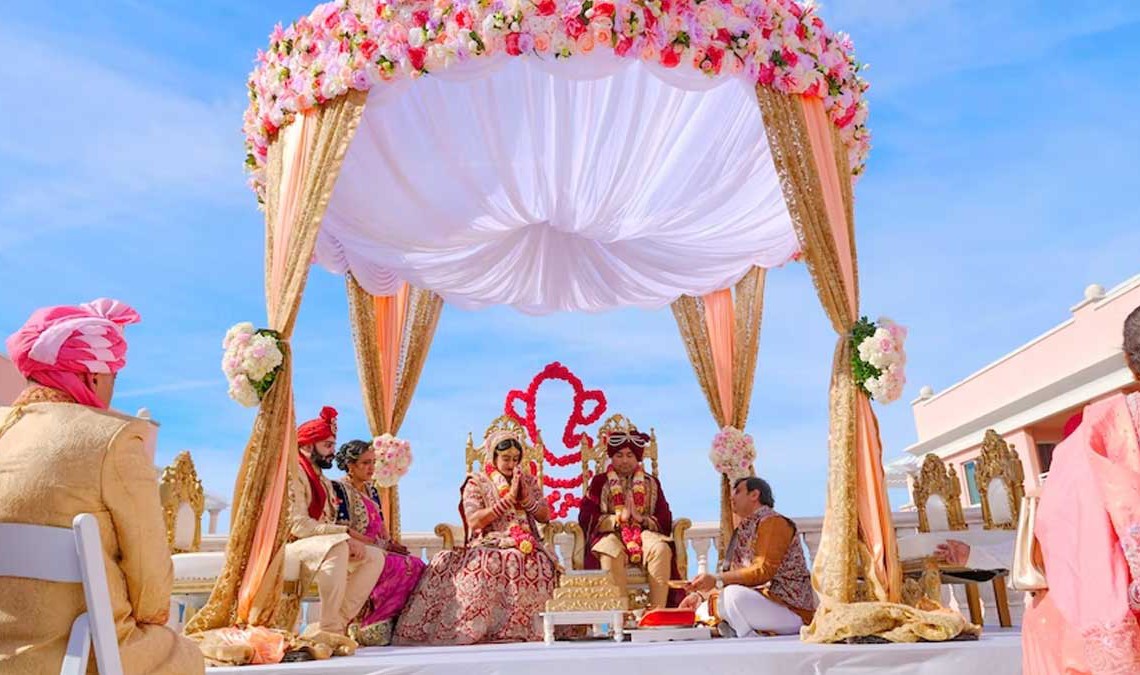
Weddings in India have different rituals depending on various cultures and religions. These weddings are not just between two people but a union of families and communities, and sometimes even cultures. Every aspect of an Indian wedding, from the vibrant colors of the clothes to the detailed procedures, has deep historical significance. Mehendi, Haldi, and Sangeet are the main elements of every wedding. Every wedding in India has its uniqueness and emotion.
In North Indian weddings, it is all about celebrations. You will find the best food menu, music, and booze at their weddings. In contrast, in South India, people are more religious and known for their elaborate rituals. Similarly, other parts of India have their ways of celebrating love, commitment, and cultural heritage, embodying diversity.
Here are all the details about the Indian Wedding Rituals which are not only fascinating but also surprise you with their unique and amazing cultures.

Kerala is referred to as “God’s Own Country” because its weddings are traditional and have cultural significance. Kerala wedding rituals represent simplicity, elegance, and spirituality, which mirrors this state’s unique lineage. Each ceremony is represented by garland exchange or thali tying. Nischayam, Madhuperk, and Vivaha samskara are some unique elementary performed by their community. The wedding ends with Kanyadaan and Saptapadi, in which the couple promises to each other to take several steps together. Read more about Kerala Wedding Rituals.
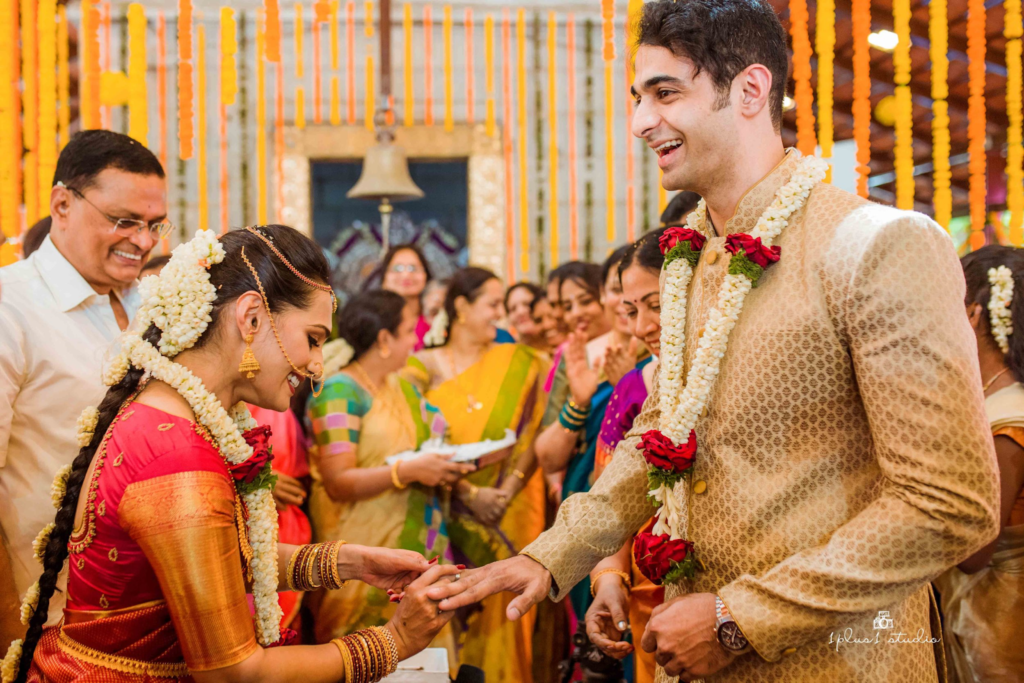
Kannada weddings combine ancient customs with modern practices whereby both families will exchange betel leaves and nuts after fixing up the marriage alliance officially through such means. A few days before the actual nuptials, a ‘Kashi Yatra’ ceremony takes place where the groom pretends to leave for Kashi (Varanasi) to circumvent entering into married life. However, he is persuaded by the bride’s brother to return and marry his sister. Read more about Kannada Indian Wedding Rituals.

Hindu wedding rituals typically begin with “Ganesh Puja” and are followed by “Vivaah Homa.”. The most heart-melting ceremony of the wedding is “Kanyadaan,” where the parents of the bride symbolize the trust and responsibility bestowed upon the groom to take care of her. The Hindu culture has been followed for many years, and the wedding ends with the blessings of loved ones. Read more about Hindu Indian Wedding Rituals.

Baniya/Agarwal weddings are full of enjoyment as the celebration starts pre-wedding with things like the Tilak Ceremony and Mehendi Ceremony. On the day of the wedding, both the bride and groom have the Haldi Ceremony, which is for purifying them. Followed by the “Sehrabandi,” indicating the groom’s readiness with a ceremonial turban. These weddings are all about joy and enjoyment with rich cultural heritage. Read more about Baniya/Agarwal Wedding Rituals.
Christian weddings often take place in church with the prayers and blessings of a loved one. On the wedding day, the bride wears white cloths to show the simplicity. The wedding takes place with an exchange of vows, rings, and the sacrament of Holy Matrimony. A Christian wedding is all about prayers and simplicity. In the end, the bride throws her bouquet to the bridesmaids and best men, it is believed that whoever catches the bouquet will be the next. Read more about Christian Wedding Rituals.

Kashmiri weddings are steeped in tradition and cultural richness. One significant ritual is the “Kasmira Satra,” where the groom’s family visits the bride’s home with gifts and seeks her hand in marriage. Another unique ritual in Kashmiri weddings is the “Wanwun” ceremony, where the bride and groom exchange prayers and vows amidst blessings from their families. Read more about Kashmiri wedding rituals.

Catholic weddings are similar as compared to Christian wedding rituals. The ceremony takes place under the administration of a priest with the exchange of vows, rings, and the sacrament of holy matrimony. The wedding ends with the blessings of God and loved ones to fill the lives of the new couple with joy and love. Read more about Catholic wedding rituals.
Odia weddings are vibrant celebrations enriched with cultural traditions. Key rituals include the “Kanyadaan,” where the bride’s parents give her away, and the “Mangal Sutra Dharana,” where the groom ties the sacred thread around the bride’s neck. “Saptapadi,” the ritual of taking seven steps together, symbolizes their vows for a harmonious life. Read more about Odia Wedding Rituals.
Rajput wedding rituals are like the wedding of a king with a grand celebration. A Pithi Dastoor ritual is done for the purification of the bride and groom with turmeric. One of the most important ceremonies is the “Phere” ceremony, where the couple walks around the sacred fire seven times. The wedding is a pure bond of love for every life. Read more about Rajput wedding rituals.
Sindhi weddings are colorful and rich in tradition. The “Saanth” ceremony marks the formal engagement, followed by “Palla Dastoor,” where the groom’s family presents gifts to the bride. The “Lavan Phere,” circling the sacred fire four times, symbolizes their union and commitment. Read more about Sindhi wedding rituals.
Marwari weddings are colorful and rich in traditions. The ‘Santh’ ceremony marks the formal engagement, followed by ‘Palla Dastur’, where the groom’s family gives gifts to the bride. The “Lavan Phere”, which circles the sacred fire four times, symbolizes their relationship and commitment. Read more about Marwari Wedding rituals..
Muslim/Islamic weddings are full of tradition and spiritual meaning. The ceremony usually begins with the signing of the marriage contract or “Nikah” in the presence of close family members. Next comes the “mahr”, a gift from the groom to the bride as a symbol of their commitment. ‘Walima’ is a festive celebration organized by the groom’s family to announce the marriage to the community. Throughout the ceremony, prayers, blessings, And the text of the Quran emphasize the sanctity of the union and the couple’s commitment to each other and their faith. Read more about Muslim Wedding Rituals.
Marathi weddings are of tradition and celebration. The wedding starts with cleaning the place which is known as “Punyavachan”. The ceremony involves the exchange of sweets and gifts between families and is called “Sakhar Puda”. During the “Haldi Ceremony”, the bride wears a green saree, which symbolizes fertility. The “Antarpat” ritual marks the arrival of the groom and the bride’s mother welcomes him. Finally, during “Saptapadi”, the couple takes seven symbolic steps together, symbolizing their union. Read more about Marathi wedding rituals.
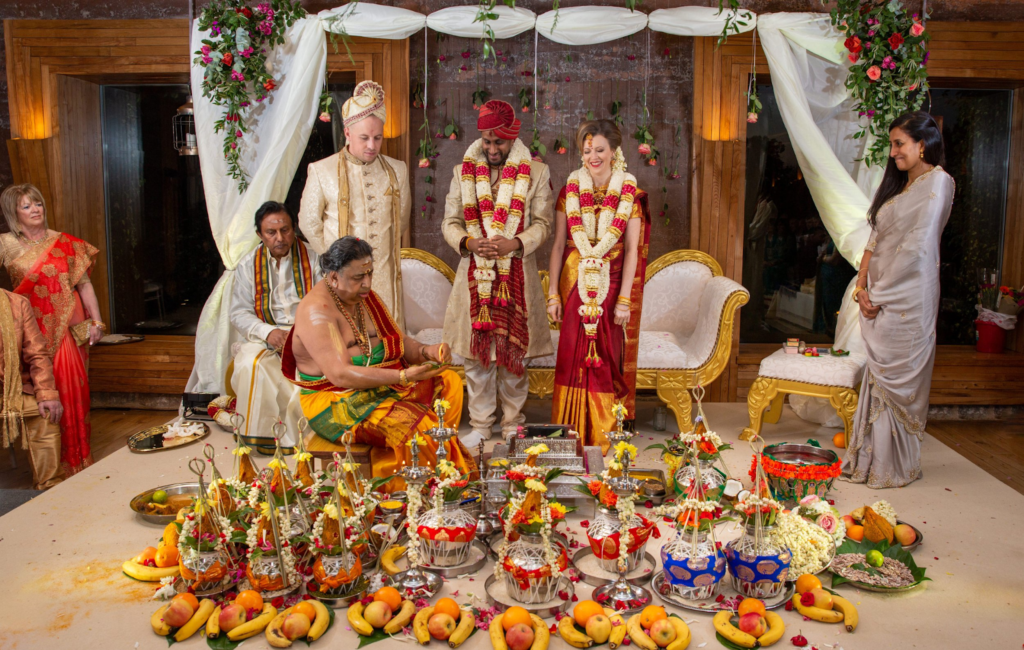
Tamil weddings are vibrant and traditional events. The celebrations begin with the “Pandakal” ritual where families exchange gifts. During the ‘Malai Mataral’ ceremony, the bride’s family welcomes the groom with a grand garland. “Kanyadanam” means the bride’s parents seeing her off, followed by “tying the thali” which symbolizes the marital bond. “Mangalya Dharanam” marks the completion of the marriage rites and seals the bond with the holy sons. Read more about Tamil wedding rituals.
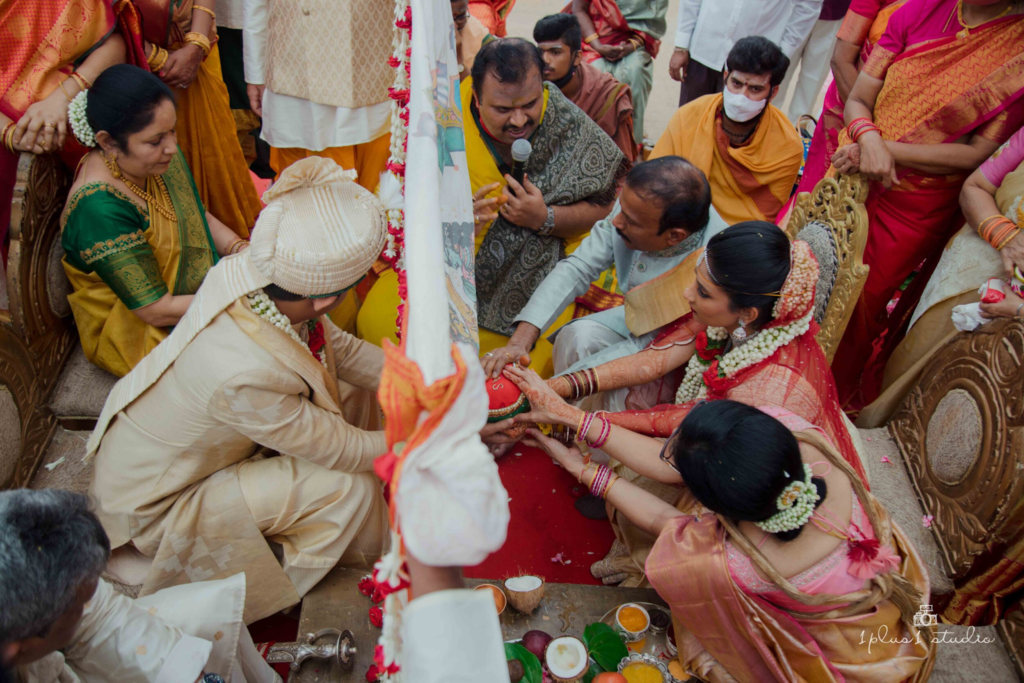
Telugu weddings are characterized by elaborate rituals and joyous celebrations. The ceremony begins with the “Pellikuthuru” ceremony where the bride and groom perform separate rituals. The “Kanyadanam” ritual marks the sending off of the bride by her parents. “Thali Sangha” means marriage bond. In ‘Saptapadi’ the couple takes seven steps together and vows to stay together for the rest of their lives. Finally, the “mangalsutra wearing” ceremony concludes the marriage and symbolizes the sanctity of the union. Read more about Telugu wedding rituals.

Punjabi weddings are vibrant and full of excitement. The festivities begin with the “Roka” ceremony, which symbolizes the formal commitment. Then the “Mehndi” ceremony takes place, during which elaborate mehndi patterns decorate the bride’s hands and feet. “Milni” brings families together on the wedding day and exchanges vows and garlands. In the ‘Anand Karaj’ ceremony held at the Gurudwara, the couple walks around the Guru Granth Sahib, signifying their engagement. The celebration ends with “Vidaai”, the farewell to the bride who begins her new journey. Read more about Punjabi wedding rituals.

Gujarati weddings are weddings full of culture and tradition. The wedding begins with Ganesha puja and the “Chandlo Matali” ritual in which the groom’s forehead is decorated with a bar. Gujarati culture is rich in food and traditions and the wedding ends with ‘Saptapadi’, which symbolizes their vow to live together in harmony. Read more about Gujrati wedding rituals.

Anand Karaj is commonly known as a Sikh wedding. Sikh weddings are simple and deeply spiritual ceremonies. Brings families together and exchanging garlands and greetings is called the “Milni” ceremony and ‘Anand Karaj’ takes place in the Gurudwara, where the new couple circles the Guru Granth Sahib four times, expressing their commitment to the Guru and each other. “Lavaan” hymns are recited at every step of the couple that they wish journey toward spiritual and marital union. Finally, the wedding ends with “Ardaas” prayers asking for blessings and guidance. Read more about Sikh wedding rituals.
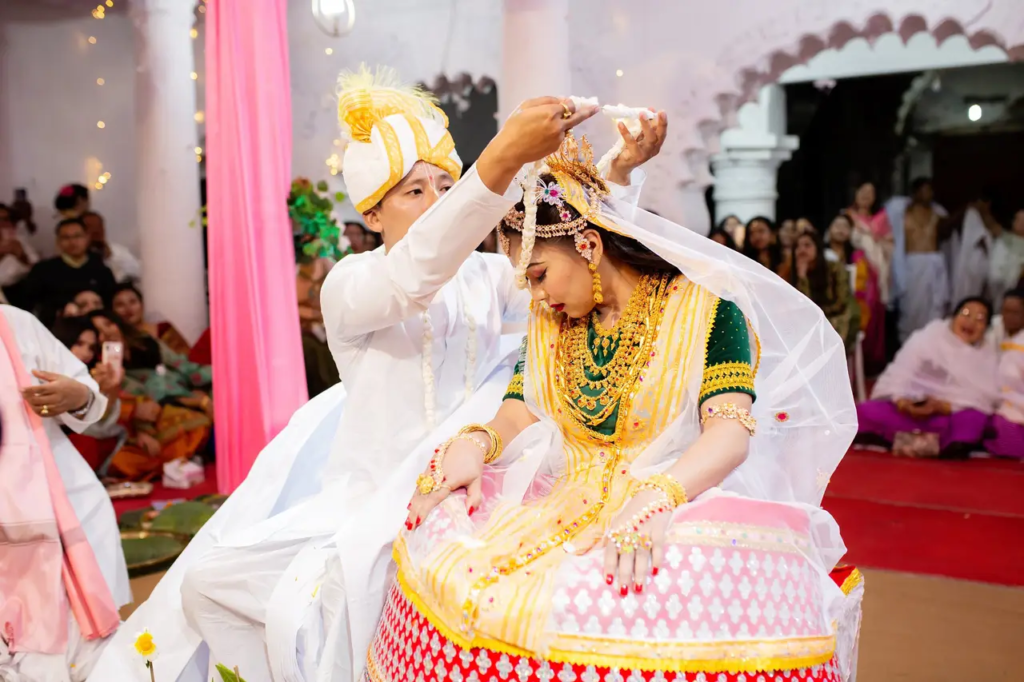
Weddings of Manipuri are rich in tradition and cultural significance and are characterized by unique rituals. The wedding begins with the groom’s family visiting the bride’s home to perform the wedding which is called. “Hijagaurengba”. Then the “Pini” ceremony takes place where the bride’s family gives gifts to the groom’s family. During the wedding, the couple garlands each other in the “Lei Lengba” ritual, which means acceptance of each other. The wedding ends with the blessings of the elders for a successful marriage known as the “Panthoibi” ceremony. Read more about Manipuri Indian wedding rituals.

Jain weddings are the most simple and spiritual significance. The wedding begins with the bride and groom offering prayers and seeking blessings from the elders that are called .”Laghu Vaar” During the ‘Baraat’ the groom reaches there with his family and friends. The wedding involves the exchange of vows and is solemnized with the blessings of the elders by wearing a “Mangalsutra” around the bride’s neck. Read more about Jain Indian wedding rituals.

Buddhist marriage rituals emphasize spiritual unity and mutual respect. The wedding involves chanting of sutras, prayers, and the exchange of vows in front of the Buddha photograph. The new couple also give alms to the monks and ask for their blessings for starting a new journey together. Read more about Buddhist wedding rituals.
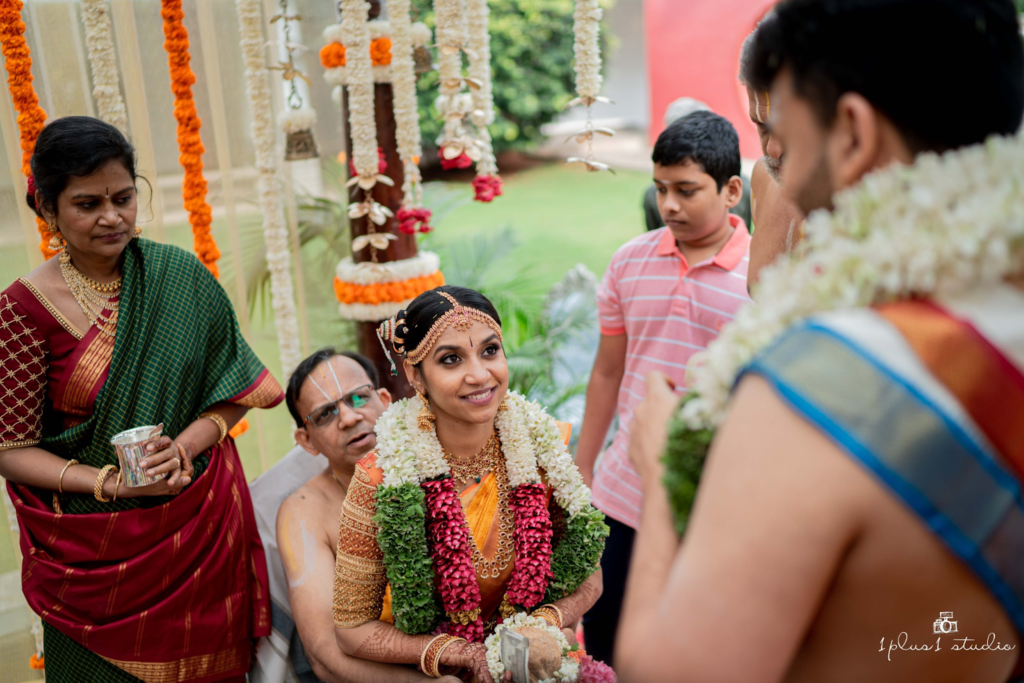
A deeply rooted in tradition and involving various rituals is an Iyengar wedding. The celebrations begin with the exchange of gifts and blessings with families which is known as “Pandakal”. This is followed by “Mangala Snanam”, where the bride and groom take a ceremonial bath to purify themselves for the wedding. The main ceremonies include ‘Kanyadanam’ where the bride’s parents gift them and ‘Mangalya Dharanam’ where the groom ties the sacred thread around the neck of the bride. At the end “Saptapadi” marks the seven stages of the couple and symbolizes their new journey towards marriage. Read more about Iyengar wedding rituals.

The Chinese wedding rituals vary by region and ethnicity. The begins with the groom’s family giving gifts to the bride’s family as a token of respect and gratitude known as “Guo Da Li”. Then the “combing ceremony” takes place, during which the bride and groom receive the blessings of their parents. During the wedding ceremony, the exchange of vows, tea ceremony, and Rituals such as the means of “double happiness” take center stage. The celebration usually ends with a grand banquet of traditional Chinese cuisine and blessings. Read more about Chinese wedding rituals.
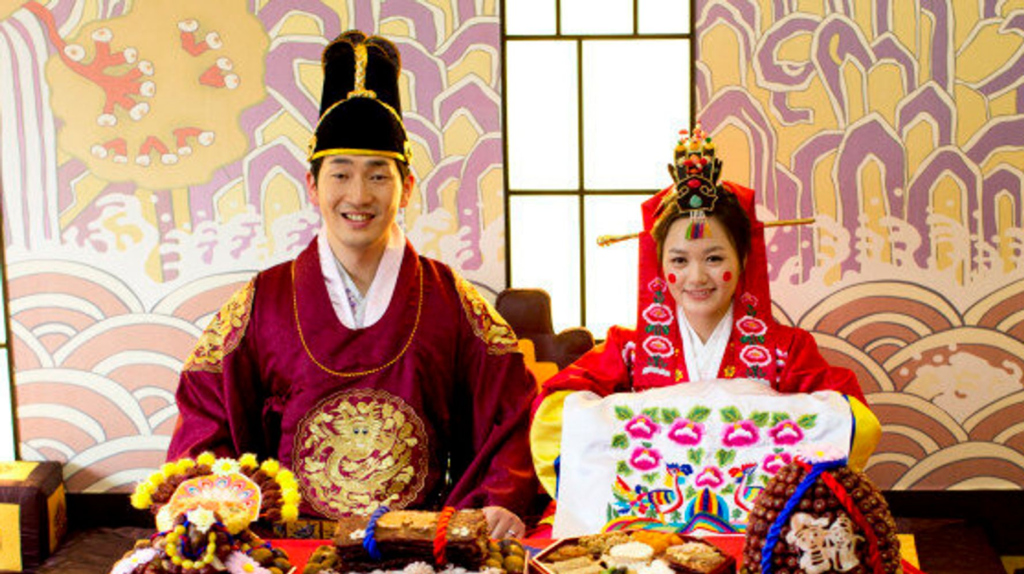
Korean wedding is a combination of tradition and progress. The wedding starts with the lady of the occasion and the lucky man bow their heads in thanks to their loved ones and distribute coveted gifts which are called “Peek”. Common clothing such as “hanbok” is worn, and the wedding ends with distributing “plums and chestnuts” to represent fertility and abundance. Read more about Korean wedding rituals.

The weddings in Nepal are rich in culture and tradition and involve various rituals. The wedding begins with the “Panche Baja” and “Janti” procession, where the groom’s wedding procession reaches the bride’s house accompanied by music and dance. ‘Swagtam’ means welcomes the groom and his family, followed by ‘Kanyadan’ in which the bride’s parents hand her over. The new couple then begins rituals like “Hasta Milaap” and “Saptapadi”, Which symbolize their union and promise a harmonious life together. The festival ends with the blessings and joy of the elders. Read more about Nepali wedding rituals.
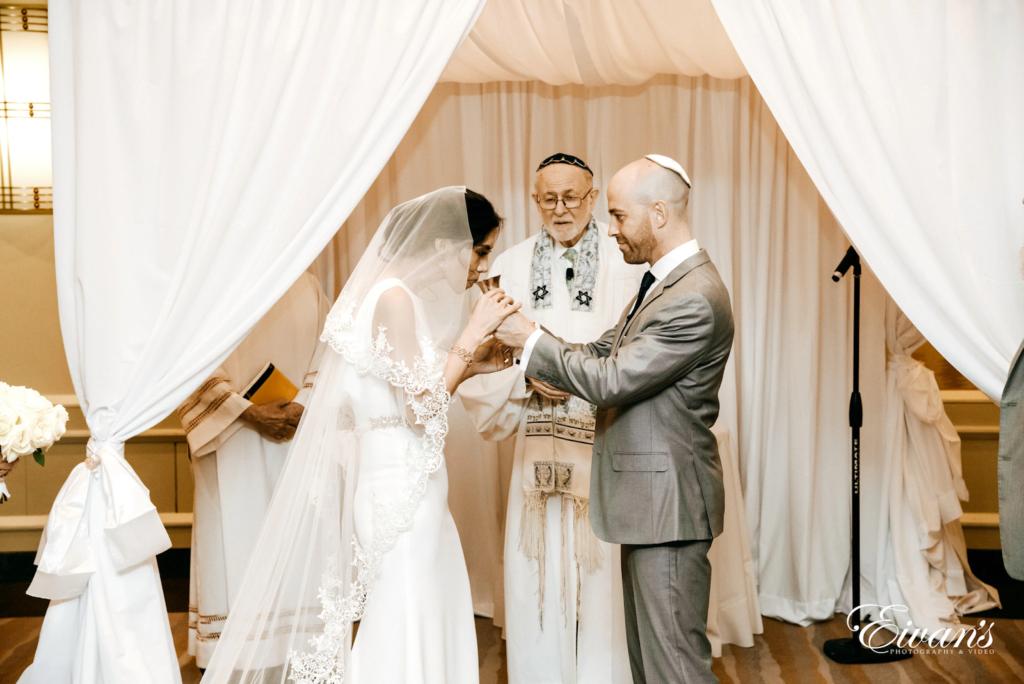
The weddings of Jews are characterized by tradition and symbolism. The wedding begins with a marriage contract and the signing of the ketubah. The bride circles the groom seven times, which means the creation of a new family and journey. Under a canopy, a ceremony takes place that symbolizes the couple’s new home. The groom then breaks a glass, symbolizing the fragility of life and the obligation to support each other even in difficult times. The wedding ends with joyous celebrations including dancing, food, and feasting. Read more about Jewish wedding rituals.
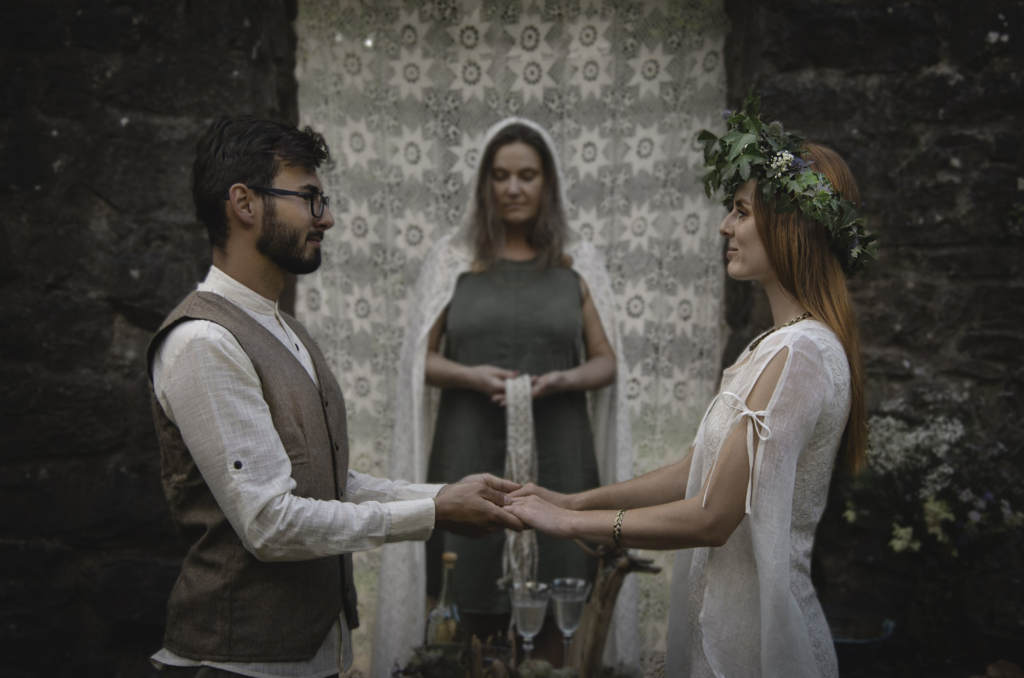
The wedding of pagans is done with the respect of nature and spirituality. Weddings often include a handshake, symbolizing the couple’s union, and the exchange of wedding vows in a natural setting. The focus of this type of wedding is on harmony with the earth and the blessings of the creatures and elements. Read more about Pagan Indian wedding rituals.

Mormon marriage is also called temple sealings, which means formal ceremonies held in temples. The new couple exchanged vows and wedding rings, symbolizing their eternal bond. Everyone wears formal clothing and the ceremony is attended by family members, friends, and fellow Mormons who have a temple recommendation. Read more about Mormon wedding rituals.